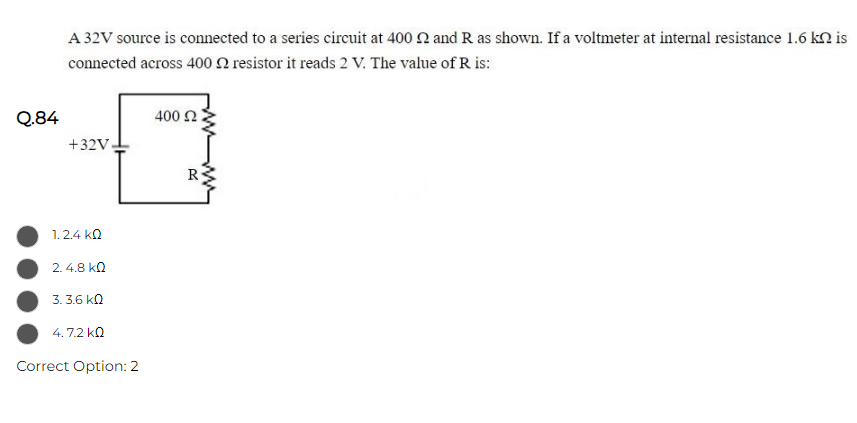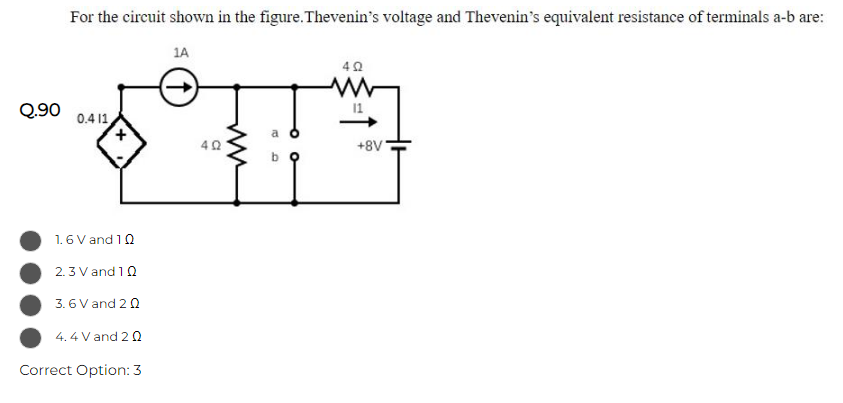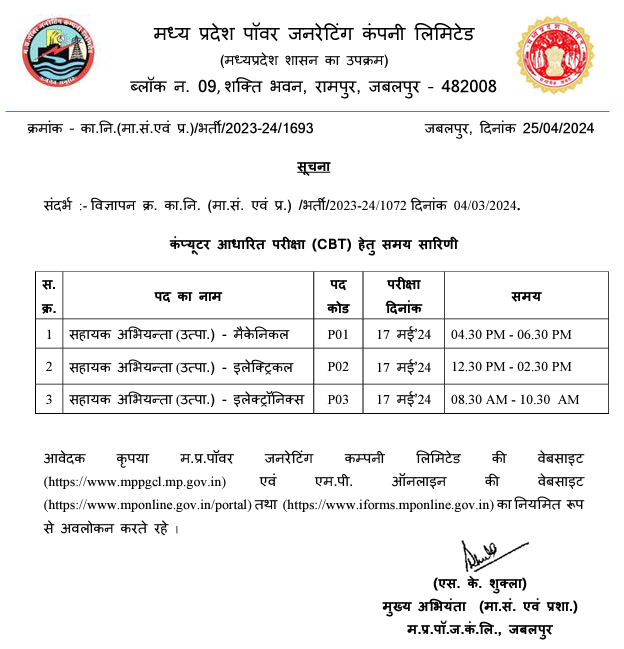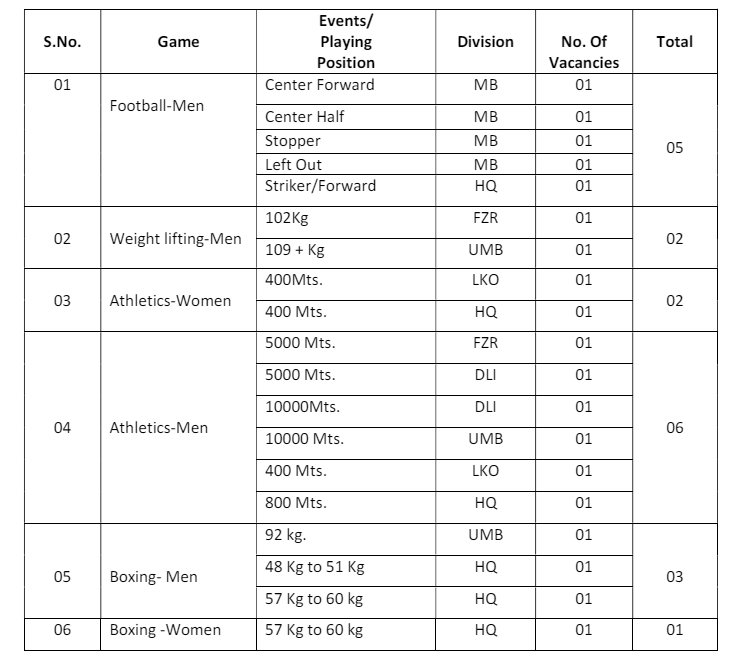NBCC Executive Electrical Question Paper Part 6

NBCC Executive Electrical Question Paper Part 6
Q.61 What is commonly applied to transmission line structures to protect them from corrosion?
1. Concrete coatings
2. Galvanizing
3. Rubber insulation
4. Paint
Correct Option: 2
Q.62 What is a limitation of the Superposition Theorem when applied to practical circuits?
1. It cannot be applied to circuits with more than two sources.
2. It is limited to DC circuits only.
3. It cannot be applied to circuits with resistors.
4. It cannot account for the interaction between sources.
Correct Option: 4
NBCC Executive Electrical Question Paper Part 6
Q.63 Which of the following statement best describes the relationship between the size of the collector and emitter regions in a Bipolar Junction Transistor (BJT)?
1. BJT is not a symmetrical device because both collector and emitter regions have approximately the same size
2. BJT is not a symmetrical device because the size of the collector and emitter regions varies depending on the BJT type
3. BJT is not a symmetrical device because the collector region is typically larger than the emitter region
4. BJT is not a symmetrical device because the collector region is typically smaller than the emitter region
Correct Option: 3
Q.64 What safety precautions should be taken when working with coreless induction furnaces?
1. Wearing heat-resistant clothing and safety goggles
2. Using water to extinguish fires in the furnace
3. Standing close to the furnace during operation
4. None, as coreless induction furnaces are inherently safe
Correct Option: 1
Q.65 What is one of the key advantages of hydroelectric power generation over other types of power generation?
1. High fuel consumption
2. Minimal impact on the environment
3. Lower installation cost
4. No need for water reservoirs
Correct Option: 2
Q.66 Which term refers to the opposition offered by a magnetic circuit to the flow of magnetic flux?
1. Saturation
2. Reluctance
3. Permeability
4. Susceptibility
Correct Option: 2
NBCC Executive Electrical Question Paper Part 6
Q.67 A three-phase balanced Y-connected motor draws 2.5 kW when the line voltage is 220 V and the line current is 10 A. Determine the power factor of the motor.
1. 0.75
2. 0.55
3. 0.66
4. 0.85
Correct Option: 3

Q.69 The magnetic flux linking a coil having 100 turns is 30 mWb. Calculate the average emf (in V) induced in the coil, if this magnetic flux is reversed in a time of 2 milliseconds.
1. 4000
2. 3000
3. 4600
4. 3200
Correct Option: 2
NBCC Executive Electrical Question Paper Part 6
Q.70 Why does the generation cost vary for different power units in ELD?
1. Due to differences in unit efficiency
2. Due to differences in grid voltage levels
3. Due to differences in transmission line lengths
4. Due to differences in generator ratings
Correct Option: 1
Q.71 How is the torque produced by a synchronous motor affected when it operates at a leading power factor?
1. Torque is increased
2. Torque is decreased
3. Torque becomes negative
4. Torque remains constant
Correct Option: 1
Q.72 Which natural phenomenon is harnessed in tidal power generation?
1. Wind patterns
2. Ocean currents
3. Solar radiation
4. Gravitational forces
Correct Option: 4
NBCC Executive Electrical Question Paper Part 6
Q.73 According to Townsend’s Theory, what is the key mechanism that leads to the multiplication of electrons in the gas?
1. Electron emission
2. Electron drift
3. Electron collision
4. Electron diffusion
Correct Option: 3
Q.74 What is the primary role of the slack bus in load flow analysis?
1. To set the reference voltage and angle
2. To model large electrical loads
3. To represent transmission lines
4. To control system frequency
Correct Option: 1
Q.75 A 3-phase, 20-pole, 25Hz alternator has single-layer winding with full-pitch coils. The coils are connected in 60° phase group and each coil is having six turns. If the flux per pole is 0.025 Wb. determine the rms value of emf induced per phase.
1. 1917.7
2. 1017.7
3. 958.8
4. 934.6
Correct Option: 3
NBCC Executive Electrical Question Paper Part 6
Q.76 What type of alternating current is typically produced by an excited synchronous generator?
1. Pulsating DC
2. Triangular wave AC
3. Square wave AC
4. Pure sinusoidal AC
Correct Option: 4
Q.77 What happens when an internal discharge occurs in a solid dielectric material?
1. The dielectric material becomes stronger
2. The dielectric material becomes transparent
3. The dielectric material retains its insulating properties
4. The dielectric material becomes more conductive
Correct Option: 4
Q.78 What is typically known and specified at a load bus in load flow analysis?
1. Voltage and phase angle
2. Voltage and power factor
3. Active and reactive power
4. Voltage and current
Correct Option: 3
Q.79 Which type of DC generator is typically used in applications where a constant voltage supply is required, such as battery charging?
1. Shunt-wound generator
2. Separately excited generator
3. Series-wound generator
4. Compound-wound generator
Correct Option: 1
NBCC Executive Electrical Question Paper Part 6
Q.80 In an excited system, what does field excitation control allow engineers to adjust?
1. The speed of mechanical components
2. The voltage output
3. The direction of magnetic fields
4. The strength of the magnetic field
Correct Option: 4
Q.81 Why is it important to control the composition of the salt bath in a furnace?
1. To ensure uniform heating and prevent contamination of workpieces
2. To reduce the furnace’s operating temperature
3. To prevent corrosion of the furnace walls
4. To increase the furnace’s energy efficiency
Correct Option: 1
Q.82 In small-signal analysis of a BJT, what does the hybrid-pi model primarily represent?
1. The DC operating point
2. The collector current
3. The temperature sensitivity
4. The AC small-signal behavior
Correct Option: 4
NBCC Executive Electrical Question Paper Part 6
Q.83 What is the objective of Sumpner’s test in DC machines?
1. To find the load current
2. To measure the field current
3. To identify losses
4. To determine efficiency
Correct Option: 4

Q.85 In a three-phase system, when is the neutral conductor necessary?
1. Never needed in a three-phase system
2. When the load is unbalanced
3. Only in delta (Δ) connections
4. Only in star (Y) connections
Correct Option: 2
Q.86 Bandwidth of a parallel resonance circuit is equal to 50.52 Hz and quality factor of the circuit is given by 1.5563. What is the value of resonant frequency?
1. 80.76 Hz
2. 45.76 Hz
3. 70.65 Hz
4. 78.62 Hz
Correct Option: 4
NBCC Executive Electrical Question Paper Part 6
Q.87 Compared to a squirrel cage rotor, how does a deep bar rotor perform in terms of starting torque?
1. Same starting torque
2. No starting torque
3. Lower starting torque
4. Higher starting torque
Correct Option: 4
Q.88 Why is ice loading a concern in the mechanical design of transmission lines?
1. It reduces the need for insulators
2. It improves conductor conductivity
3. It can increase the weight and sag of the conductors, potentially causing line failure
4. It makes the transmission line more aesthetically pleasing
Correct Option: 3
Q.89 What is the significance of Johnson noise in electronic communication systems?
1. It is used as a carrier signal
2. It has no impact on communication systems
3. It improves signal quality
4. It limits the minimum detectable signal level
Correct Option: 4
NBCC Executive Electrical Question Paper Part 6

NBCC Executive Electrical Question Paper Part 6
Category –EE Online Test
Telegram-Join Us On Telegram














